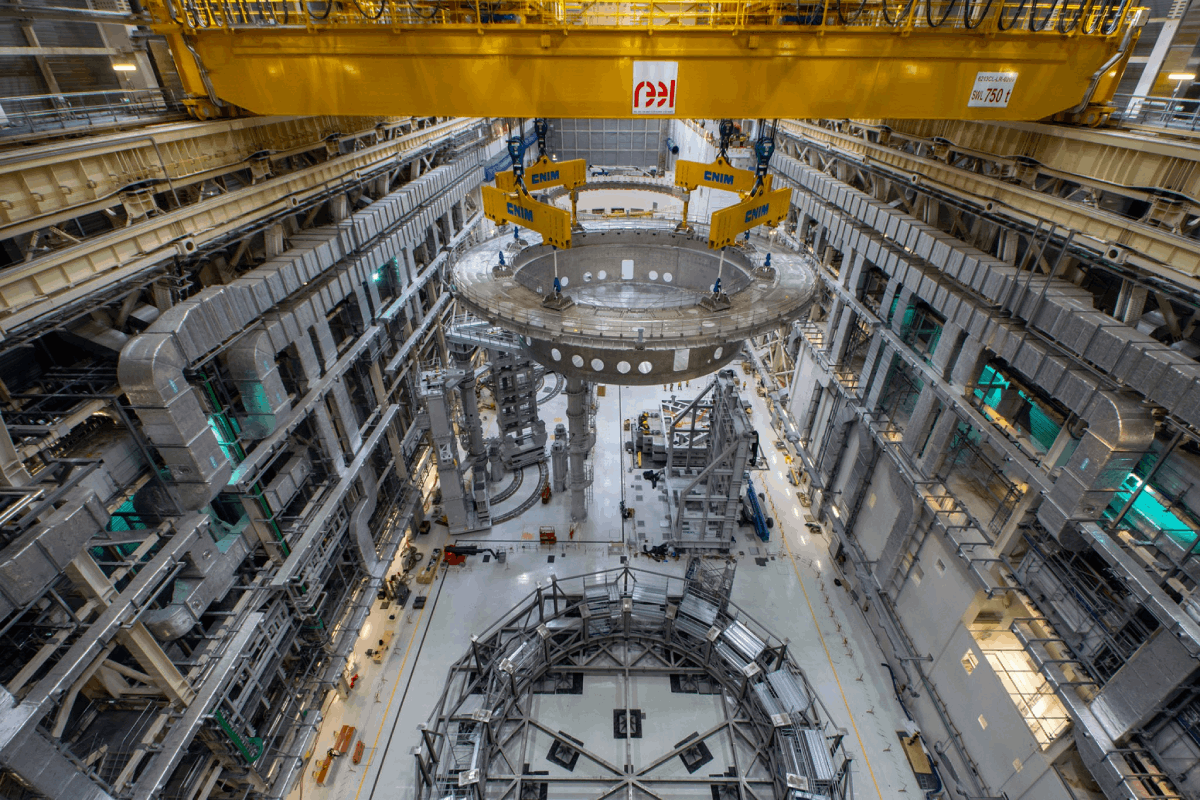Fusion for Energy (F4E)

Did you know that the agency responsible for managing the European Union's involvement in the world's largest energy research and innovation project is located in Barcelona?
Since 2007, a team of more than 450 highly qualified European experts in fields such as engineering, physics, mathematics, and social sciences have been working shoulder to shoulder with other Europeans in the offices of Fusion For Energy (F4E), located next to the Diagonal Mar shopping center.
Fusion energy
Everyone has heard of nuclear energy, but few know that there are two types: fission, which is produced by splitting the nucleus of a “heavy” atom, like uranium atoms, and fusion, which is obtained by joining two “light” nuclei, like those in hydrogen atoms.
The first entails countless environmental problems, including waste storage and the risk of uncontrolled chain reactions, and this type is what we usually refer to when we speak of “nuclear energy.” This is the energy employed by past and present nuclear power plants in different parts of the world.
The second kind is like the nuclear reaction that takes place in the sun and in the stars. Unlike fission, fusion energy generates helium as a by-product, which is totally harmless. It is therefore a practically inexhaustible source of energy and has none of the serious waste management issues related to fission energy. Furthermore, there is no chain reaction and it is intrinsically safe, as control is not lost if there is a systems failure.
"The growth in energy consumption and the desirability of avoiding the use of fossil fuels has led to the exploration of new energy sources"
So why isn't it used?
The theory is clear, but putting it into practice is far from straightforward.
ITER (the International Thermonuclear Experimental Reactor) was created in 1986 to carry out research into the production of this type of energy.
The tokamak, which is the name given to the reactor in which fusion is to take place and which consists of an immense toroidal (donut) structure, is under construction in Cadarache, near Marseilles.
ITER is the outcome of an unprecedented global agreement between seven partners: the European Union, India, Japan, Russia, the United States, South Korea and China. Its objective is to determine the technological and economic feasibility of nuclear fusion, a stage prior to commercial development, which is not expected to take place until the 2040s.
F4E is the largest contributor, since the EU is the majority partner in the global project.
So, from discreet offices near the sea in Barcelona, absolutely unknown to most of the city's inhabitants, this multidisciplinary and multicultural European agency is quietly working on the largest energy research and innovation project in the world.







